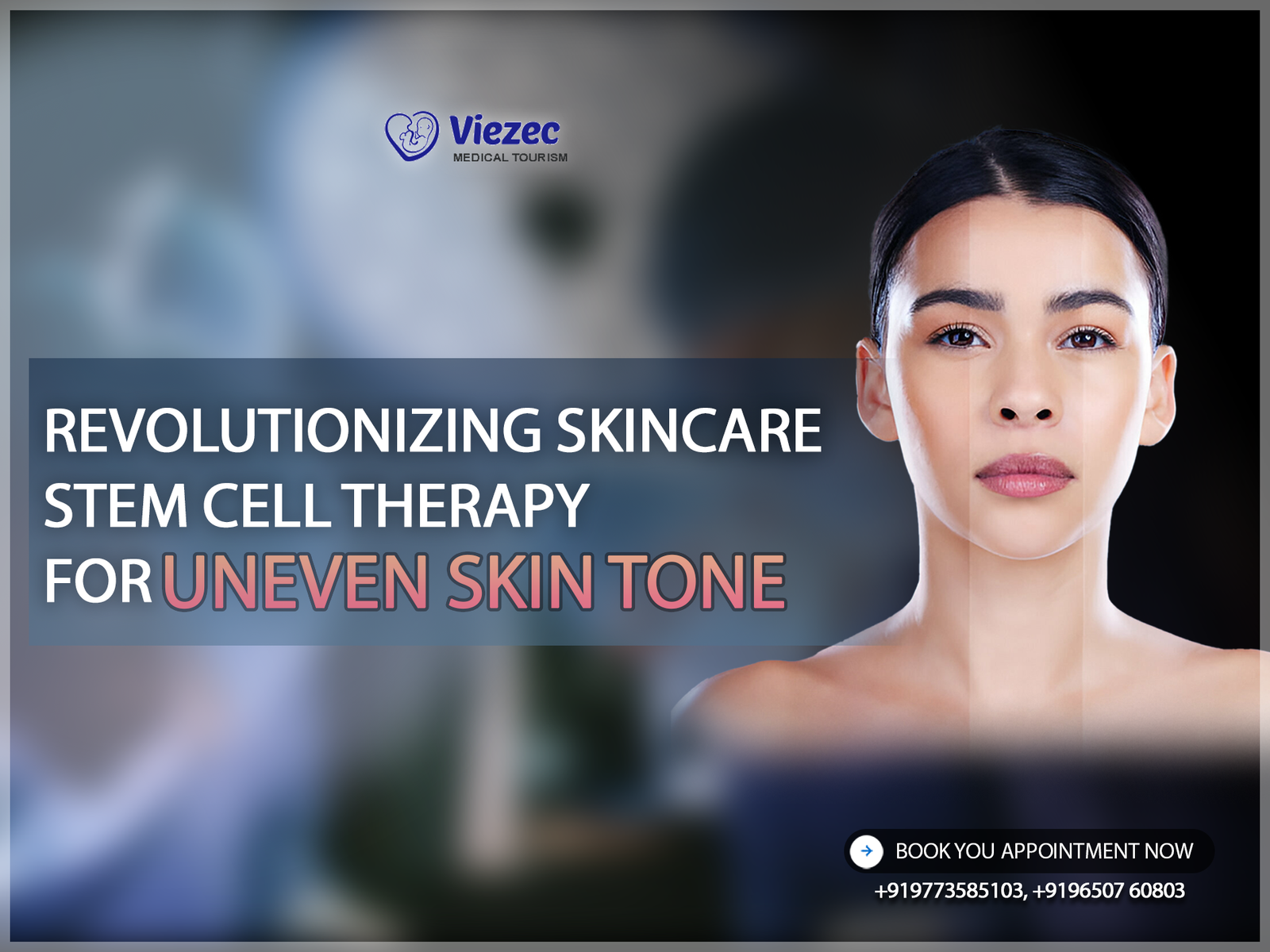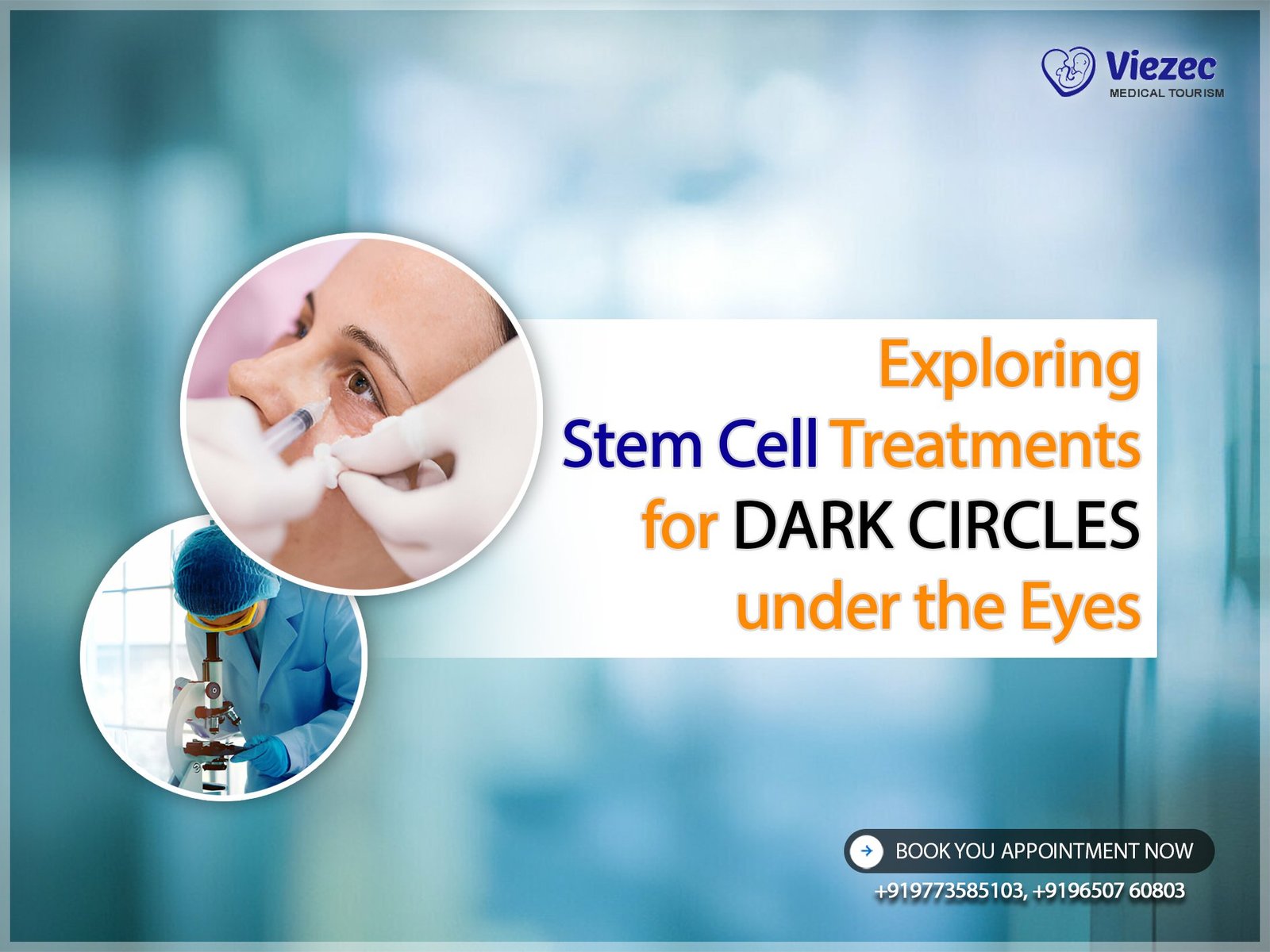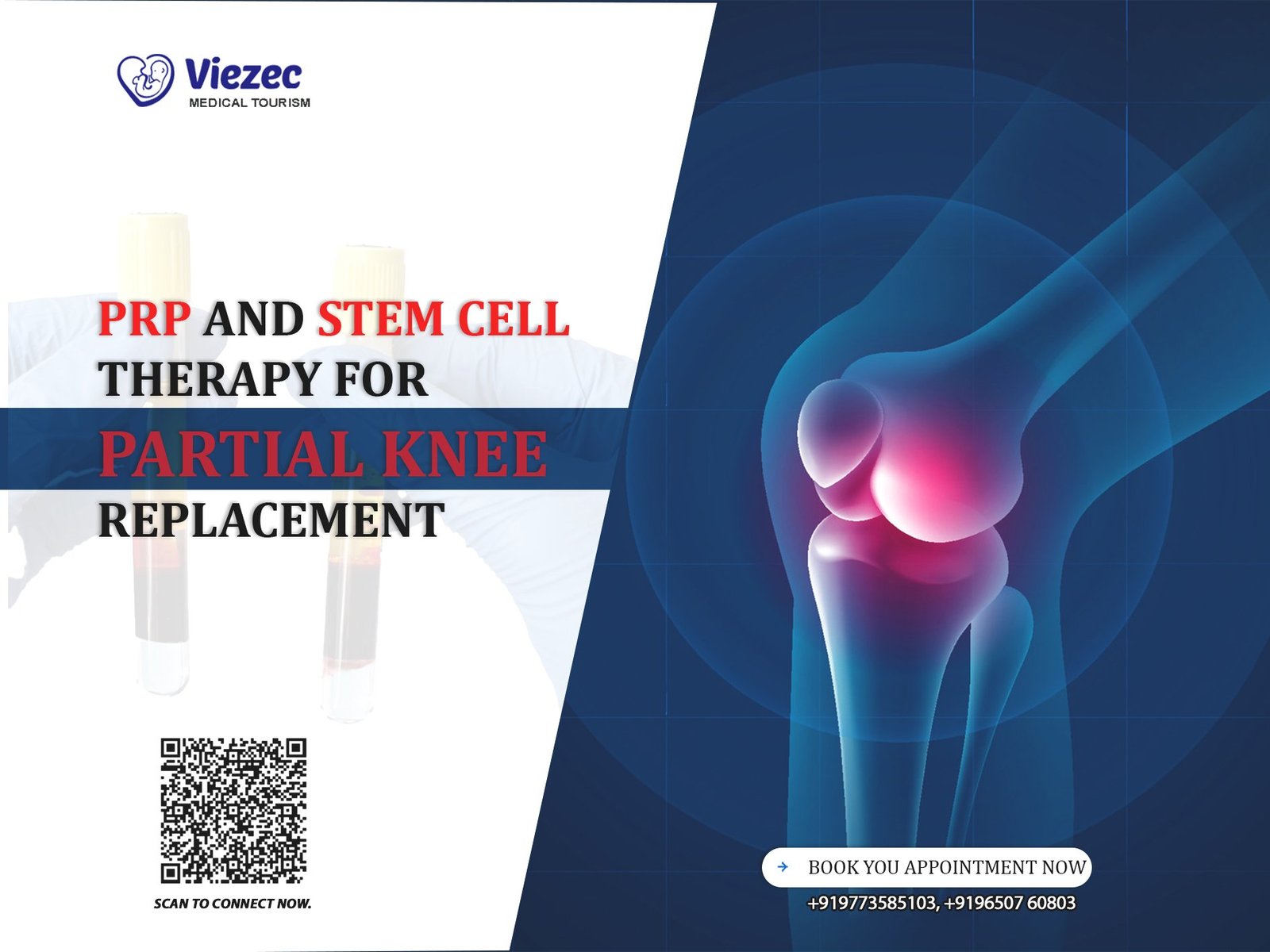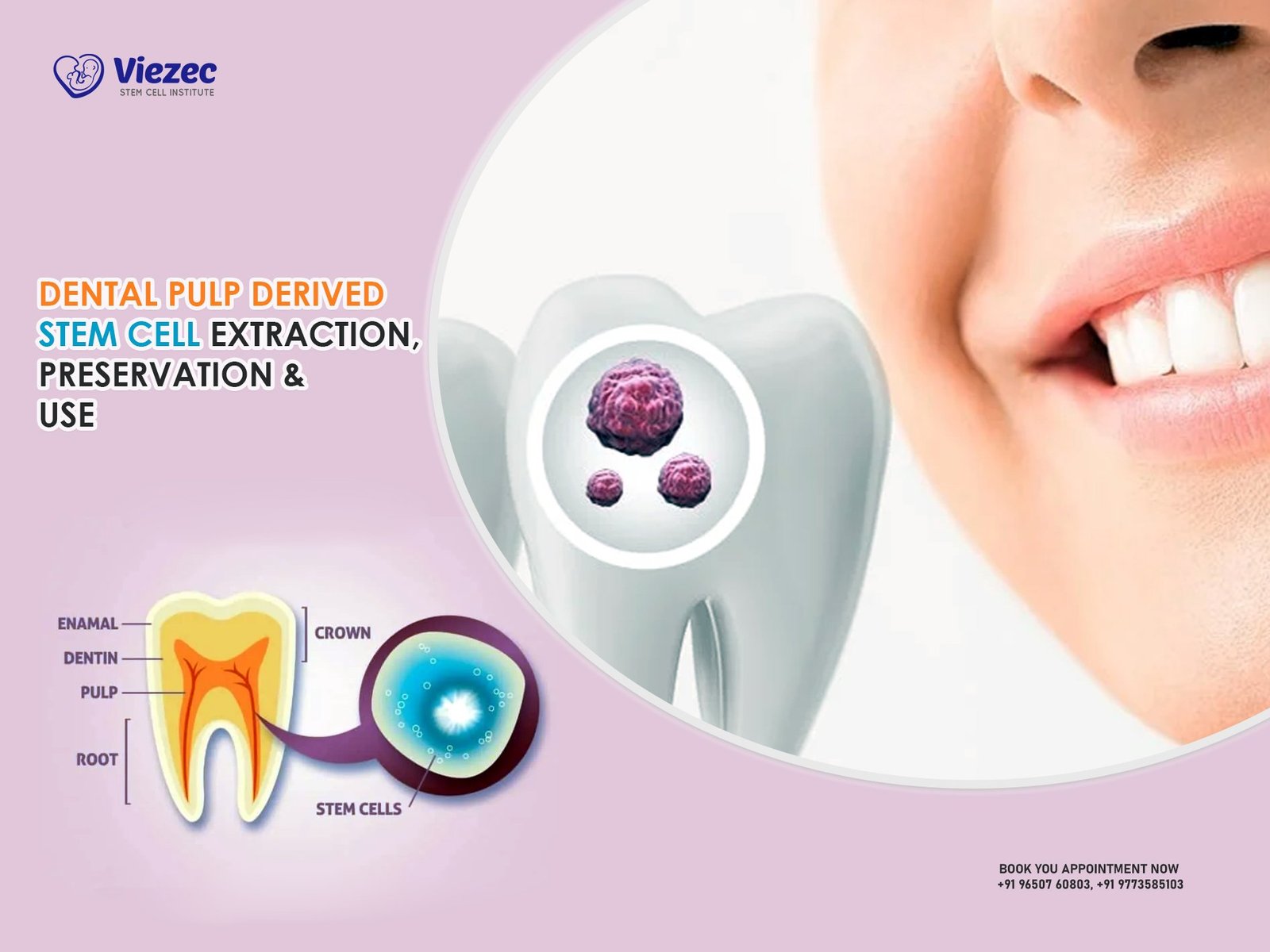Uneven skin tone is a common dermatological concern that affects individuals of all ages and ethnicities. From hyperpigmentation to sun damage, various factors contribute to this condition, often leading to a decrease in self-confidence and overall quality of life.
Understanding the Causes of Uneven Skin Tone
The root causes of uneven skin tone are multifaceted. UV exposure, hormonal fluctuations, genetics, and inflammation play significant roles in triggering melanin production irregularities, resulting in patches of darker or lighter skin.
Impact of Uneven Skin Tone on Quality of Life
Beyond the physical manifestations, uneven skin tone can profoundly impact emotional well-being. Individuals may experience heightened self-consciousness, avoidance of social situations, and even depression due to perceived flaws in their appearance.
Basics of Stem Cell Therapy
Stem cell therapy has emerged as a promising approach for addressing various dermatological concerns, including uneven skin tone. Understanding the fundamentals of stem cells is crucial in appreciating their potential in skincare.
What are Stem Cells?
Stem cells are undifferentiated cells with the remarkable ability to transform into specialized cell types. In skincare, these cells hold immense potential for tissue regeneration and repair.
Types of Stem Cells Used in Therapy
Embryonic Stem Cells
Derived from early-stage embryos, embryonic stem cells possess the highest developmental potential, making them valuable for regenerative medicine applications.
Adult Stem Cells
Present in various tissues throughout the body, adult stem cells contribute to tissue maintenance and repair. Harvesting these cells for therapeutic purposes offers a less controversial alternative to embryonic stem cells.
Induced Pluripotent Stem Cells
Reprogrammed from adult cells, induced pluripotent stem cells exhibit properties similar to embryonic stem cells, offering a potentially limitless supply for therapeutic use.
Mechanism of Stem Cell Action
Understanding how stem cells interact with the skin elucidates their role in promoting rejuvenation and correcting uneven pigmentation.
Role of Stem Cells in Skin Regeneration
Stem cells facilitate skin regeneration by differentiating into specialized cell types, replenishing damaged tissues, and promoting collagen synthesis for improved texture and tone.
Interaction with Skin Cells
Upon application, stem cells engage in intricate signaling pathways, communicating with resident skin cells to modulate pigment production, reduce inflammation, and enhance cellular turnover.
Modulation of Inflammatory Processes
Chronic inflammation exacerbates uneven skin tone by triggering melanocyte activation and pigment deposition. Stem cells exhibit anti-inflammatory properties, mitigating inflammation and its deleterious effects on skin pigmentation.
Clinical Applications of Stem Cell Therapy
Stem cell therapy holds immense promise for addressing a myriad of pigmentation disorders and enhancing overall skin health.
Treatment of Pigmentation Disorders
Melasma
Characterized by symmetrical patches of hyperpigmentation, melasma poses a significant challenge due to its chronic nature and resistance to conventional treatments. Stem cell therapy offers a novel approach to modulating melanin production and restoring skin uniformity.
Post-inflammatory Hyperpigmentation
Following inflammatory insults such as acne or eczema, post-inflammatory hyperpigmentation can persist, causing localized discoloration. Stem cells accelerate skin healing and regeneration, minimizing residual pigmentation.
Addressing Sun Damage and Age Spots
Chronic sun exposure accelerates skin aging and contributes to the development of age spots, also known as solar lentigines. Stem cell-based interventions target photodamaged skin, reversing sun-induced pigmentation changes and restoring a more youthful appearance.
Improving Skin Texture and Elasticity
In addition to pigment correction, stem cell therapy enhances skin texture and elasticity by stimulating collagen and elastin production. This comprehensive approach yields visible improvements in overall skin tone and firmness.
Efficacy and Safety Considerations
Robust clinical evidence supports the efficacy and safety of stem cell therapy for uneven skin tone, but understanding potential risks is essential for informed decision-making.
Evidence from Clinical Trials
Numerous clinical studies demonstrate the efficacy of stem cell-based interventions in improving skin pigmentation and texture, with minimal adverse effects reported.
Potential Side Effects and Risks
While stem cell therapy is generally well-tolerated, rare side effects such as mild inflammation or allergic reactions may occur. Patient selection and adherence to standardized protocols mitigate these risks.
Long-term Effects and Follow-up Studies
Longitudinal studies are essential for assessing the long-term safety and durability of stem cell-based treatments, ensuring sustained benefits and patient satisfaction over time.
Patient Selection Criteria
Strategic patient selection is critical for optimizing treatment outcomes and minimizing potential complications.
Assessment of Skin Condition
Thorough evaluation of skin type, severity of pigmentation irregularities, and underlying health factors guides treatment customization and predicts response to therapy.
Identifying Suitable Candidates for Stem Cell Therapy
Ideal candidates for stem cell therapy exhibit realistic expectations, good overall health, and a commitment to post-treatment care. Comprehensive consultations facilitate informed decision-making and ensure patient satisfaction.
Contraindications and Precautions
Contraindications to stem cell therapy include active skin infections, autoimmune disorders, and history of malignancy. Precautionary measures, such as sun protection and skincare adherence, optimize treatment outcomes and minimize risks.
Techniques and Procedures
From stem cell harvesting to delivery methods, the technical aspects of therapy significantly influence treatment efficacy and safety.
Harvesting of Stem Cells
Surgical Techniques
Surgical procedures, such as liposuction or bone marrow aspiration, enable the collection of autologous stem cells for therapeutic use, ensuring compatibility and minimizing immunogenicity.
Non-invasive Methods
Non-invasive techniques, including skin biopsy or adipose tissue extraction, offer alternatives for obtaining stem cells with minimal discomfort and downtime, expanding accessibility to a broader patient population.
Preparation and Processing of Stem Cell Extracts
Laboratory processing techniques, such as cell isolation and expansion, optimize stem cell viability and functionality, enhancing their therapeutic potential for skin rejuvenation.
Delivery Methods and Injection Techniques
Precise delivery of stem cell extracts via intradermal injections ensures targeted deposition within the dermis, maximizing therapeutic efficacy and minimizing systemic exposure.
Combining Stem Cell Therapy with Other Modalities
Integration of stem cell therapy with complementary treatments enhances overall outcomes and patient satisfaction.
Adjunctive Therapies for Enhanced Results
Combining stem cell therapy with modalities such as microneedling, laser resurfacing, or platelet-rich plasma (PRP) augments collagen stimulation and accelerates skin regeneration, synergistically improving pigmentation and texture.
Synergistic Effects with Topical Treatments
Topical formulations containing growth factors or cytokines derived from stem cells complement in-office procedures, prolonging treatment benefits and supporting long-term skin health.
Integrating Stem Cell Therapy into Comprehensive Skin Care Regimens
A holistic approach to skincare incorporates stem cell therapy as a cornerstone of comprehensive treatment plans, tailored to address individual concerns and maintain optimal skin vitality.
Post-Treatment Care and Maintenance
Sustaining treatment outcomes relies on diligent skincare practices and ongoing professional oversight.
Optimizing Results through Proper Skincare
Adherence to a tailored skincare regimen, including gentle cleansing, moisturization, and topical agents targeting pigmentation, preserves treatment efficacy and promotes skin health.
Sun Protection and UV Avoidance
Strict sun protection measures, such as broad-spectrum sunscreen use and sun avoidance during peak hours, safeguard against UV-induced pigmentation recurrence and premature aging.
Follow-up Visits and Monitoring Progress
Regular follow-up visits allow clinicians to assess treatment response, address emerging concerns, and modify treatment plans as needed, ensuring optimal long-term outcomes and patient satisfaction.
Future Directions and Innovations
Continued advancements in stem cell research hold promise for further revolutionizing skincare practices and addressing unmet clinical needs.
Emerging Technologies in Stem Cell Research
Innovations such as three-dimensional (3D) bioprinting and organoid culture systems enable the creation of complex skin models for studying stem cell behavior and developing novel therapeutic strategies.
Potential for Personalized Therapies
Advances in genomic profiling and precision medicine pave the way for personalized skincare regimens tailored to individual genetic predispositions and treatment responses, maximizing efficacy and minimizing adverse effects.
Ethical Considerations and Regulatory Frameworks
Ethical guidelines and regulatory oversight ensure the responsible translation of stem cell therapies from bench to bedside, balancing innovation with patient safety and societal concerns.
Patient Testimonials and Case Studies
Real-life experiences and clinical outcomes provide valuable insights into the efficacy and impact of stem cell therapy on skin health and overall well-being.
Real-life Experiences with Stem Cell Therapy
Patient testimonials highlight the transformative effects of stem cell-based interventions, restoring confidence and improving quality of life for individuals struggling with uneven skin tone.
Before-and-After Comparisons
Visual documentation of treatment outcomes through before-and-after photographs illustrates the dramatic improvements achievable with stem cell therapy, motivating prospective patients and clinicians alike.
Insights from Healthcare Providers
Clinician perspectives offer nuanced insights into treatment nuances, patient selection criteria, and evolving best practices in integrating stem cell therapy into dermatological practice.
Cost Analysis and Accessibility
Addressing economic considerations and disparities in access to stem cell therapy promotes equitable healthcare delivery and informed decision-making.
Affordability of Stem Cell Treatments
The cost of stem cell therapy varies depending on factors such as treatment location, provider expertise, and treatment complexity. Transparent pricing and financing options facilitate affordability for interested patients.
Insurance Coverage Considerations
Navigating insurance coverage for stem cell therapy can be challenging, as many insurers classify it as a cosmetic procedure rather than a medically necessary intervention. Clear communication and documentation may aid in securing reimbursement for eligible patients.
Addressing Socioeconomic Disparities
Efforts to reduce socioeconomic barriers to stem cell therapy include community outreach programs, research initiatives focused on cost-effective therapies, and advocacy for healthcare policy reforms to expand access to innovative treatments.
Debunking Myths and Misconceptions
Dispelling misinformation surrounding stem cell therapy fosters informed decision-making and fosters public trust in scientific advancements.
Clarifying Misunderstandings about Stem Cell Therapy
Education initiatives aimed at debunking common myths, such as exaggerated claims of miraculous outcomes or misconceptions about safety risks, empower patients to make well-informed choices about their skincare options.
Separating Facts from Fiction
Evidence-based communication emphasizes the scientific rationale and clinical evidence supporting stem cell therapy, dispelling unfounded claims and promoting realistic expectations among consumers.
Addressing Common Concerns
Open dialogue between patients and healthcare providers facilitates the resolution of concerns regarding treatment safety, efficacy, and ethical considerations, fostering trust and collaboration in shared decision-making.
Expert Interviews and Perspectives
Insights from leading experts in dermatology, plastic surgery, and stem cell research offer valuable perspectives on current trends and future directions in skincare innovation.
Insights from Dermatologists and Plastic Surgeons
Practitioners share firsthand experiences and best practices in integrating stem cell therapy into clinical practice, highlighting its role in optimizing patient outcomes and satisfaction.
Perspectives from Stem Cell Researchers
Scientists elucidate cutting-edge research findings and technological advancements in stem cell biology, offering a glimpse into the future of regenerative medicine and its implications for skincare.
Recommendations for Patients and Practitioners
Expert recommendations guide patients and practitioners in navigating the evolving landscape of stem cell therapy, fostering collaboration and informed decision-making to achieve optimal treatment outcomes.
Stem cell therapy represents a groundbreaking paradigm shift in skincare, offering novel solutions for addressing uneven skin tone and promoting overall skin health. Through continued research, innovation, and collaboration, the field of regenerative medicine holds immense promise for revolutionizing the way we approach skincare and empowering individuals to look and feel their best.









